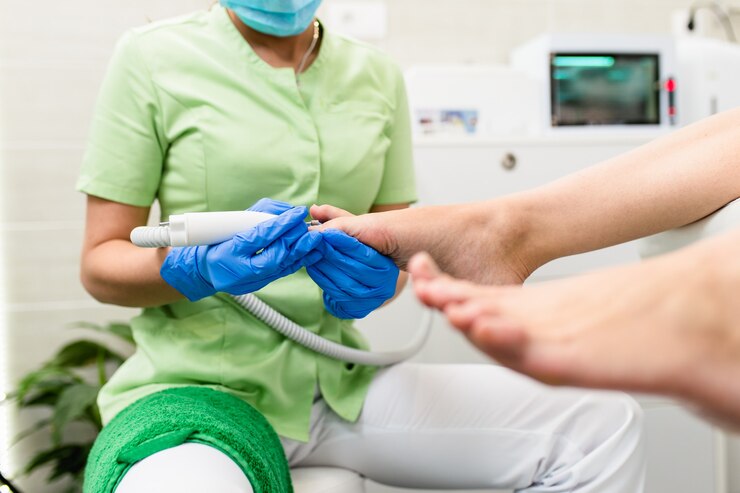Supporting women’s Health During And After Cancer Treatment
What exactly is cancer?
Cancer is defined as a number of diseases identified by uncontrolled growth and spread of abnormal cells in the body. Normal cells in the body grow, divide, and die in an orderly fashion. But cancer cells grow and divide without control, and they do not die when they should. These abnormal cells can invade and destroy surrounding tissues and organs. They can spread to other parts of the body through the bloodstream or lymphatic system, forming secondary tumors. It can occur in any part of the body, including the lungs, breast, prostate, colon, skin, and blood.
The causes of cancer are complex and multifactorial, and can include genetic factors, environmental exposures.
Symptoms of cancer can vary depending on the type of cancer and the stage of the disease. It may include unexplained weight loss, fatigue, pain, changes in the skin, and lumps or tumors that can be felt or seen physically. The diagnosis of cancer is typically made through a combination of physical examination, medical imaging, and laboratory tests. Treatment options for cancer can include surgery, radiation therapy, chemotherapy, targeted therapy, immunotherapy, and hormone therapy, depending on the type and stage of the cancer.
Prevention and early detection are important strategies for reducing the risk of cancer and improving outcomes. This can include avoiding tobacco use, maintaining a healthy diet and weight, getting regular exercise, protecting against sun exposure.
Cancer Treatment Options
There are several different ways to treat cancer, and the best approach will depend on the type of cancer, its stage, and the patient’s overall health. Some common treatments for cancer are listed as follows:
1. Surgery: Surgery is often use to remove cancerous tumors from the body. The goal of surgery is to remove as much of the cancer as possible and to prevent it from spreading to other parts of the body.
2. Radiation therapy: Radiation therapy uses high-energy radiation to kill cancer cells.
3. Chemotherapy: Chemotherapy uses drugs to kill cancer cells. This is ussually use in combination with other treatments, such as surgery or radiation therapy.
4. Immunotherapy: Immunotherapy uses the body’s immune system to fight for.
5. Targeted therapy: Targeted therapy uses drugs or other substances to target specific molecules or pathways involved in the growth and spread of cancer cells.
6. Hormone therapy: Hormone therapy is use to treat cancers that are hormone-sensitive, such as breast and prostate it. It works by blocking the production or action of certain hormones that promote cancer growth.
7. Stem cell transplant: Stem cell transplant is use to replace bone marrow or blood cells that have been destroyed by high-dose chemotherapy or radiation therapy.
It’s important to note that cancer treatment is often tailor to the individual patient and their specific case. Therefore, it’s important to consult with a healthcare provider to determine the best treatment plan.
Supporting Women’s Health During And After Cancer Treatment.
Treatment can be challenging for anyone, but women may face unique health issues during and after treatment. The following are some ways to support women’s health during and after treatment:
- Fertility preservation: Some treatments, such as chemotherapy and radiation therapy, can damage the reproductive system and cause infertility. Women who wish to have children in the future may want to consider fertility preservation options before starting treatment, such as freezing eggs or embryos.
- Nutrition: A healthy diet can help women maintain their strength and energy during treatment. Eating a balanced diet that includes plenty of fruits, vegetables, whole grains, and lean protein can provide the nutrients the body needs to heal and recover.
- Exercise: Regular exercise can help women maintain their strength and energy during treatment and can also help reduce the risk of some cancer-related complications, such as lymphedema. Women should talk to their healthcare provider before starting an exercise program to ensure it is safe for them.
- Support groups: Joining a cancer support group can help women connect with others who are going through a similar experience. Support groups can provide emotional support, practical advice, and a sense of community during a difficult time.
- Managing side effects: treatment can cause a range of side effects, such as fatigue, nausea, and pain. Women should work closely with their healthcare provider to manage these side effects. Which may include medication, physical therapy, or other supportive therapies.
- Follow-up care: After treatment, women should continue to receive regular follow-up care to monitor for any potential cancer recurrence or side effects from treatment. Follow-up care may include imaging tests, blood tests, and physical exams.
- Mental health: treatment can be emotionally challenging, and women may experience anxiety, depression, or other mental health issues. It’s important for women to prioritize their mental health during and after treatment, which may include talking to a therapist or counselor, practicing stress-reduction techniques, or taking medication if needed.
Women with cancer may experience a range of emotional and psychological effects, such as anxiety, depression, fear, and stress. Fertility issues, depending on the type of treatment received, it can impact fertility and reproductive health in women. Changes in body image; women with cancer may experience changes in their physical appearance due to treatments like surgery, radiation therapy, and chemotherapy. Which can affect their body image and self-esteem. It can also affect relationships with partners, family, and friends, as the disease. Its treatment can emotionally taxing and time-consuming.
In summary, women’s health during and after treatment can supported through a variety of approaches, including fertility preservation, nutrition, exercise, support groups, managing side effects, regular follow-up care, and prioritizing mental health.
 English
English 




























































































































































